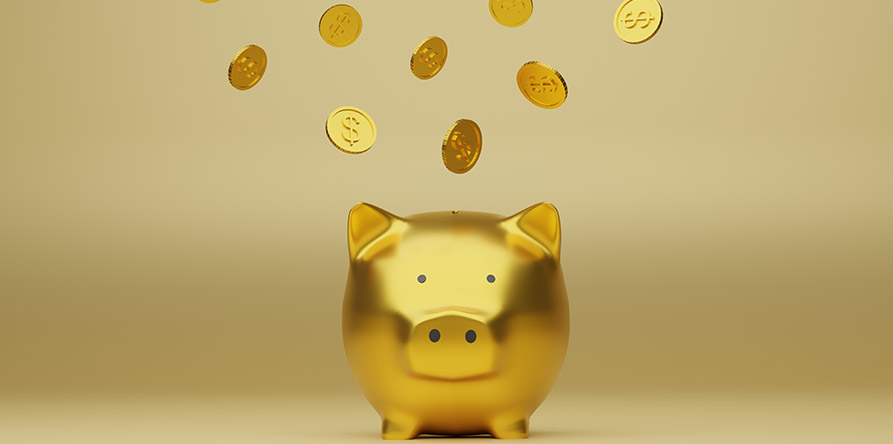
Unlocking the power of compound growth
There’s a reason Albert Einstein is said to have described compound interest as the eighth wonder of the world: it has an almost unparalleled power to grow your savings. As one of the greatest minds is reported to have said, ‘He who understands it, earns it… he who doesn’t, pays it.”
For young investors with nothing but time on their side, few tools are more integral to building a healthy portfolio than compound interest. Understanding how it works can be the key to meeting your financial goals.
What is compound growth?
If you’re not familiar with compound interest, you’re not alone. According to an Angus Reid Institute poll, almost two in five Canadians lack the confidence to define it or explain how it differs from simple interest. The sooner you join the 60% who understand the difference between the two, the better off you’ll be. The good news is this money-making strategy is not that complicated.
Compound interest is earned when you receive interest on your interest or your earnings, rather than just from your principal. When you give your investment gains time to grow and reinvest any income generated by your investment, such as interest or dividends, it supercharges your savings. The greater the frequency with which your interest is compounded, the faster your money will grow. That is why the earlier you start investing, the better off you’ll be.
By comparison, simple interest is calculated solely on the principal you invest, not on the interest it generates.
How does it work?
Let’s say you invest $10,000 and park it in an investment yielding an average 6% return a year for 30 years. At the end of that period, your money would have grown to $57,435, excluding taxes and inflation. Of that figure, roughly $29,500 – almost three times the amount of your initial investment – could be attributed to compounding.
It’s a good chunk of change, but now consider what would have happened if you were able to leave it invested for another 10 years. Had you invested that same $10,000 a decade earlier at the same rate of return, your money would have grown to $102,857. The compound earnings over those extra ten years would equal $68,857. That is why it’s to your advantage to get an early start on investing. Even if you don’t have a lot of money to put aside for the future, thanks to compounding, the earlier you start, the better off you’ll be.
If you’re able to supplement your investments with regular contributions, you can accelerate this process even more. Imagine if, in addition to the $10,000 you started with, you added another $2,000 a year over 30 years. Over that period, your investment would jump to $213,551, despite only adding $58,000 to your investment over those three decades.
Adding it all up
If you’re having trouble visualizing just how quickly compound interest can grow your savings or debt, try using an investment calculator to make your financial journey a little smoother.
Simply input the amount of money you’re thinking about investing, how long you plan on investing it, the rate of return you can realistically expect to receive and any additional contributions you plan to make (and the frequency with which you plan to make them). If you’re in your twenties and plan to retire at age 65, you may want to enter 45 years into the calculator.
As you consider how much you may be able to contribute, try to think of any potential windfalls – such as a raise or tax return – that might give you a boost along the way. The calculator, which can even take inflation and your annual tax rate into account, will do the rest.
Ultimately, when it comes to compound investing, you don’t have to start big, as long as you start early and keep contributing over time. And the sooner you get going, the happier you and your bank account will be.